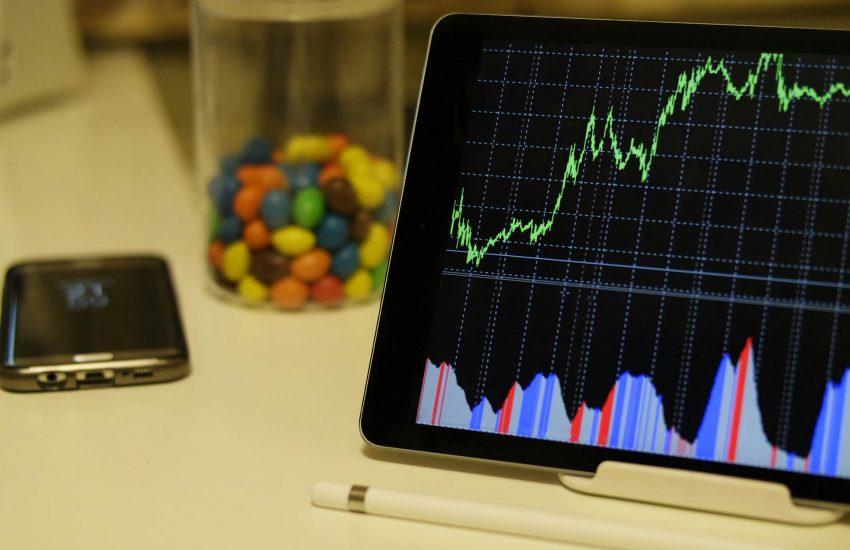What are the Risks of CFD (Contracts for Differences) Trading?
If you are venturing into the CFD trading world for the first time, consider knowing the risks involved before using a live account. CFDs come with various risks, as with any other financial product, especially when the market shifts against you. In worse cases, you may end up losing money and incurring losses. Here are some of the CFD trading risks you should beware of.
CFDs are Leveraged
Leverage exposes traders to the markets by only depositing a percentage of your trade’s total value. In this case, you will be highly likely to incur a loss should the trade shift against you, especially when you don’t have any risk management strategy, or earn a profit when the market shifts in your direction.
For instance, suppose your CFD trade is worth $1,000 with a 5% margin rate on the applicable tier; you will have to finance 5% of the position’s total value, also referred to as position margin. In this case, you will have to assign $50 to launch the trade. If the instrument price shifts against you by 10%, you will end up losing $100, which would be double your original investment in the CFD trade. This happens because your market risk matches your $1,000 CFD shares investment amount.
Worth mentioning is that every move in the financial market comes with more impact on your investment than it would have had you purchased a similar share value. Client retail accounts come with negative balance security. As a result, the losses you incur will be capped to the value of money in your account.
Counterparty Risk
The counterparty is the firm that provides an asset in a financial agreement. When purchasing or disposing of a CFD, the only asset you will be trading is the contract from your CFD provider. As a result, the trader will be vulnerable to the other counterparties the provider collaborates with.
The main risk, in this case, is that a counterparty may not meet its financial obligations. Assuming the provider did not meet the set obligations, the underlying asset’s value will be irrelevant.
Remember, the CFD industry is unregulated, and the broker’s integrity depends on longevity, reputation, and financial position instead of liquidity or government standing. While some reliable CFD brokers are available, conduct research and do your due diligence before opening an account. Some countries like the US forbid their citizens from engaging in CFD trading.
Risk of Account Closure
Rapid price changes and market volatility may occur away from regular business hours when trading international markets. Such happenings will trigger a rapid change in your account balance. Suppose your account lacks enough funds to cater to such situations, then you will be risking an automatic closure of your position. Such happens if your account balance drops past the close-out line.
Watch and monitor your account closely, deposit extra cash, or close a fraction of your position or the absolute position. Doing so will enable you to have enough money in your account to cater to all margin requirements.
Gapping and Market Volatility
Financial markets often fluctuate rapidly, and your instrument price will reflect the same. Market volatility triggers gapping, a risk that may occur if instrument prices change suddenly in between levels while skipping one level. When such happens, neither you nor the platform will have a chance to place an order between the price levels.
One of the effects of such an occurrence is that the stop-loss order could be applied at inappropriate price levels, either lower or higher, contrary to your expectations, based on your trade direction. You can reduce the risk and effect of market volatility by adopting a guaranteed stop-loss order or an order boundary.
Client Money Risk
In regions where CFDs are legitimate, client fund protection laws exist to safeguard investors from malicious actions of CFD providers. The law states that money moved to a CFD provider should be separated from the provider’s money. This way, the provider will not have a way of hedging their investments. Still, the law does not restrict the client’s funds from being shared in one or more accounts.
Once an agreement has been reached, the provider draws out an initial amount and requests more margins from the withdrawn account. Suppose other clients in the withdrawn account do not meet margin calls, then the CFD provider can draft from the withdrawn account affecting returns.
Finally
When trading CFDs, use stop-loss orders to mitigate potential risks. Some CFD providers offer guaranteed stop-loss orders which you can leverage to limit your vulnerability.



